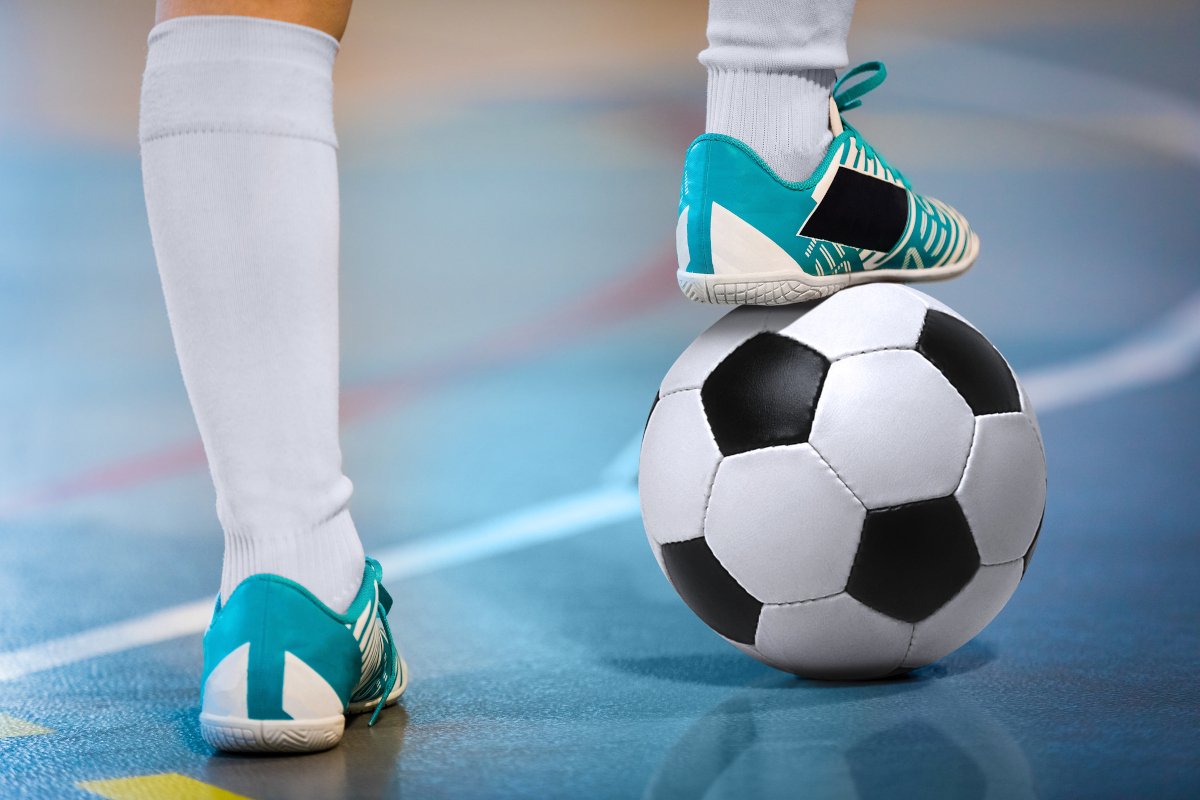Young athletes in central Pennsylvania can’t wait to start basketball and wrestling season. But with the COVID-19 pandemic raging, parents wonder how their children can stay safe. And, if their child gets COVID-19, parents wonder when it’s safe for that child to get back to competitive sports.
A team of Penn State Health Milton S. Hershey Medical Center sports medicine, family medicine and pediatric cardiology practitioners have implemented new return-to-play guidelines that help providers, young athletes (ages 18 and younger), their parents and coaches find answers.
The guidelines seek to reduce the risk for myocarditis (inflammation of the heart muscle), a possible complication in serious COVID-19 cases. “Most people with myocarditis won’t have chest pain or shortness of breath, and they may feel fine at rest,” says Dr. Matthew Silvis, vice chair of clinical operations in the Department of Family and Community Medicine at Hershey Medical Center and director of primary care sports medicine for Penn State Health. “But having myocarditis increases your risk for sudden cardiac death during exercise.” Myocarditis often can be found on an electrocardiogram (EKG), a test of the heart’s electrical function.
The guidelines – based on recommendations from the American College of Cardiology, the American Medical Society for Sports Medicine and the National Federation of High School Sports – recommend that young athletes:
- Return to play after 14 days if they had an asymptomatic or mild COVID-19 case (no fever and symptoms lasting less than three days)
- Get a pediatric EKG if they had a moderate COVID-19 case (fever and symptoms lasting more than three days). If the EKG is normal, the athlete can return to play. If it’s abnormal or the athlete develops any cardiopulmonary symptoms, the athlete’s primary care provider should consult with a pediatric cardiologist to determine the best next steps.
- Must not exercise for three to six months if they had a severe COVID-19 case (hospitalized or abnormal cardiac testing). The athlete’s primary care provider should consult with a pediatric cardiologist, as well.
The guidelines apply to athletes participating in school-sponsored sports, travel leagues and recreational leagues. “We define competitive as any level above and beyond the normal level of childhood play,” said Dr. Joseph Andrie, a sports medicine physician at Hershey Medical Center.
Parents can get pediatric EKGs locally at Hershey Medical Center, Penn State Children’s Hospital, Penn State Health St. Joseph Medical Center or at eight Penn State Health outpatient centers.
While the connection between myocarditis and COVID-19 remains unclear, some college athletes have shown signs of heart inflammation, according to a September article published in JAMA Cardiology. “We’re implementing our guidelines out of an abundance of caution so young athletes can increase the intensity of their exercise and know their heart is functioning normally,” Silvis said.
In addition to following their doctors’ return-to-play recommendations, youth athletes can also take these six steps to stay safe during sports this winter:
- Wear a mask. While outdoor fall sports didn’t require masks during competition, the Pa. Department of Health recommends athletes wear masks while participating in games, matches and practices this winter. “There is no medical evidence showing that masks impede with oxygen delivery or cause any kind of potential hazard to athletes,” Andrie said.
- Maintain social distancing by staying at least six feet apart on the sidelines.
- Wash hands frequently.
- Stay home when sick. Young athletes who feel any COVID-19 symptoms—or those who don’t feel well in general—should refrain from practices or games.
- Stay safe off the field. Remain vigilant with social distancing, handwashing and interacting with others when in locker rooms. Limit or refrain from attending social events.
- Stay flexible. Expect winter sports schedules to change often based on the latest COVID-19 case numbers and health guidance.
Related content:
- The Medical Minute: What research tells us about COVID-19, heart inflammation
- The Medical Minute: Overcoming pandemic fatigue
The Medical Minute is a weekly health news feature produced by Penn State Health. Articles feature the expertise of faculty, physicians and staff, and are designed to offer timely, relevant health information of interest to a broad audience.
